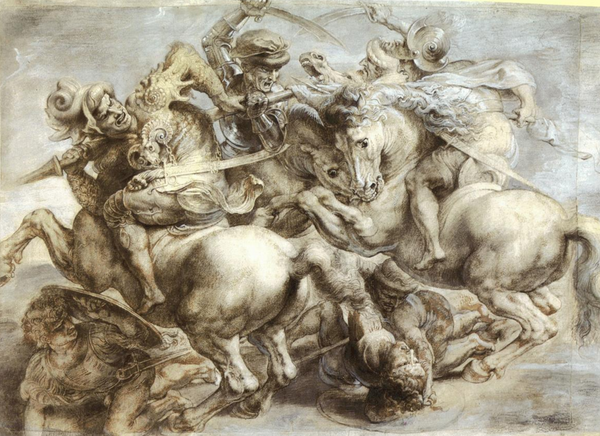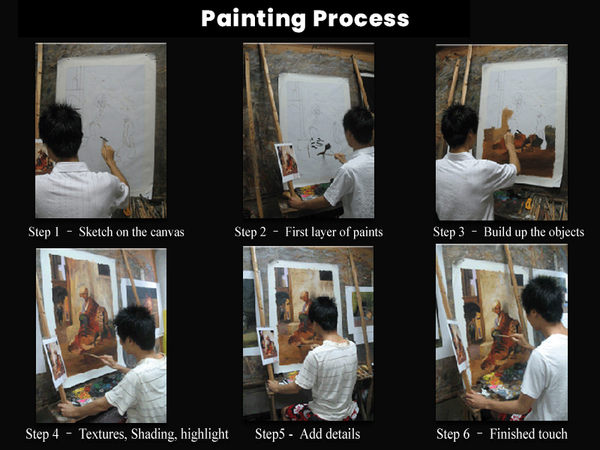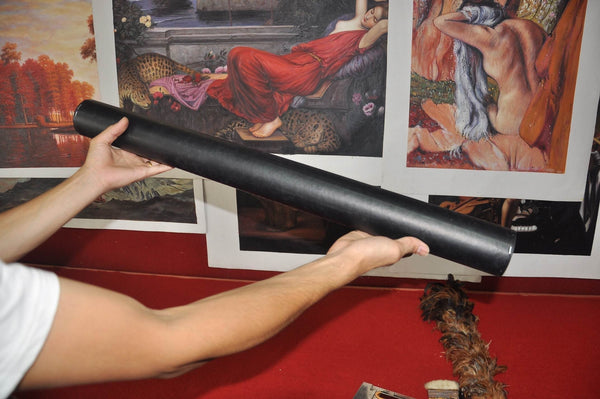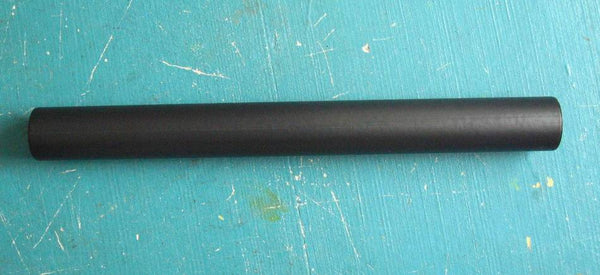Battle of Anghiari - the Lost Painting | Leonardo da Vinci | 1504-1506 | Medium 32" X 24"
*Your order will be shipped only Oil Painting on Canvas rolled in a safe round Mail Tube. Please be noted it is not coming with frame.
** Item will be delivered to the shipping address in 3 weeks since hand-painted ordered item needs to be completed for 2 weeks. Please be advised this turnaround schedule!!
How you get the Hand-Drawn Painting
-From order to deliver
✔️ Order Placed
✔️ Reproduction Artist drawing and Finishing
✔️ Clean-Up the painting
✔️ Cover the painting with Safe Film
✔️ Roll the painting with the safe file
✔️Pack the roll of the painting into the Mailing Tube
✔️Shipping
Your order is hand-painted on canvas artwork , not a printed. it is wrapped in a film to prevent damage to the painting and placed in a round mail tube. We ship this tube to you. So, you will receive a hand-painted painting in the canvas that is unlikely to be damaged. Of course, the work of art will be nearly identical to the original masterpiece.
Once you receive the paintings, you go to a nearby picture frame shop, make a picture frame that matches the atmosphere of the interior and hang it on the wall, and you will have a work that can be passed down from generation to generation.
da Vinci's Masterpiece which reproduced with oil painting on high-quality canvas.
An experienced artist has invested more than two weeks of time to recreate this artwork by da Vinci that will adorn your home or office.
Background : Copy after a fresco by Leonardo da Vinci in the Palazzo della Signoria in Florence, executed in 1504-1505 and destroyed around 1560.
Rubens, who traveled to Italy between 1600 and 1608, did not see the sketch of the Battle, destroyed around 1560. However, he had access to Leonardo da Vinci's drawings and studied them. Rubens's work was based on an engraving of 1553 by Lorenzo Zacchia, which was taken from the painting itself or possibly derived from a cartoon by Leonardo.
In March 2012, it was announced that a team led by Maurizio Seracini has found evidence that the Lost Leonardo still exists on a hidden inner wall behind a cavity, underneath a section of Vasari's fresco in the chamber of Salone dei Cinquecento (Hall of the Five Hundred) in the Palazzo Vecchio, Florence.
Its central scene depicted four men riding raging war horses engaged in a battle for possession of a standard, at The Battle of Anghiari in 1440. Purportedly, from left to right are Francesco Piccinino; Niccolò Piccinino; Ludovico Trevisan; Giovanni Antonio Del Balzo Orsini.
Leonardo da Vinci : (15 April 1452 – 2 May 1519) was an Italian polymath of the High Renaissance who was active as a painter, draughtsman, engineer, scientist, theorist, sculptor, and architect.[3] While his fame initially rested on his achievements as a painter, he also became known for his notebooks, in which he made drawings and notes on a variety of subjects, including anatomy, astronomy, botany, cartography, painting, and paleontology. Leonardo's genius epitomized the Renaissance humanist ideal,[4] and his collective works compose a contribution to later generations of artists matched only by that of his younger contemporary, Michelangelo.[3][4]
Leonardo is among the greatest painters in the history of art and is often credited as the founder of the High Renaissance.[3] Despite having many lost works and less than 25 attributed major works—including numerous unfinished works—he created some of the most influential paintings in Western art.[3] His magnum opus, the Mona Lisa, is his best known work and often regarded as the world's most famous painting. The Last Supper is the most reproduced religious painting of all time and his Vitruvian Man drawing is also regarded as a cultural icon. In 2017, Salvator Mundi, attributed in whole or part to Leonardo,[5] was sold at auction for US$450.3 million, setting a new record for the most expensive painting ever sold at public auction.
*All drawings drawn from the original paintings are hand-drawn by the reproduction artist on canvas. Therefore, it cannot be 100% equivalent to the original artwork. If you want a 100% identical picture, it is correct to look for the one printed on the printer, not the one drawn. Please be mindful of this and make sure there are no mistakes in your order.









